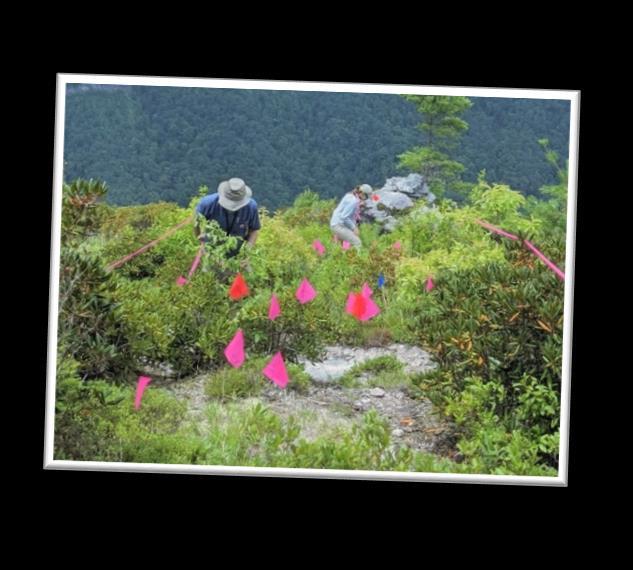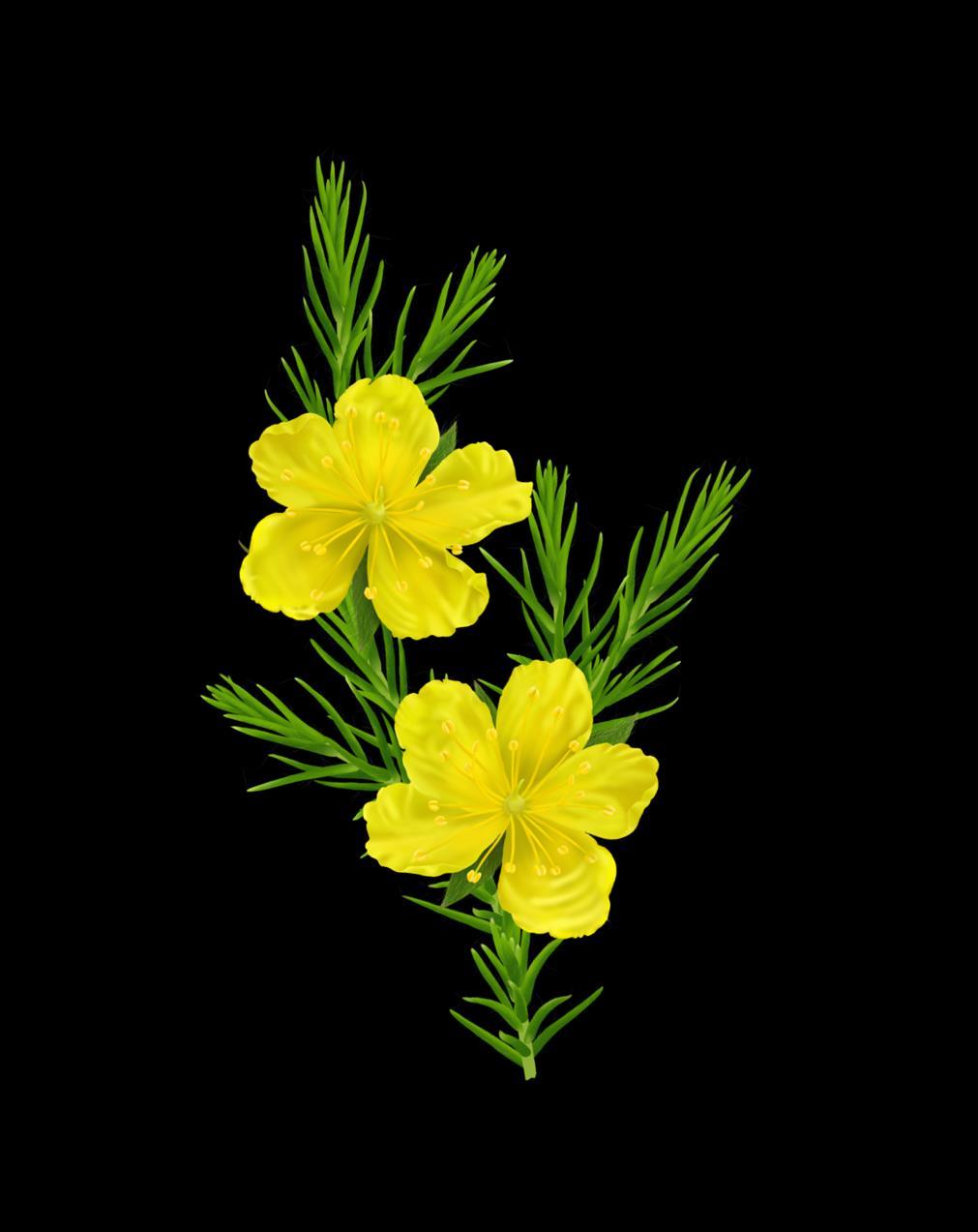
3 minute read
page
TORREYA
TRACKERS
Discovery of 150 previously undocumented Florida torreya trees on private lands
By Ashlynn Smith - Gulf Coast Coordinator
Knowing the population sizes of imperiled plants in the wild is fundamental to informing the type of conservation actions needed to protect them from extinction. Within the natural range of the critically imperiled Florida torreya (Torreya taxifolia), the number of wild trees on public lands is well-documented, but much less is known about the total number and health of trees located on private lands.
This year the Southeastern Center for Conservation partnered with the Florida Native Plant Society (FNPS) to reach out to the public, in hopes of determining the true population size of Florida torreya in the wild. Thanks to the support and consent of landowners, we were able to survey 600 acres of private lands in search of undocumented Florida torreya trees. This concentrated effort on private lands resulted in the discovery of 150 new trees! When found, each tree was fitted with a permanent unique identification number and assessed for size and health. In addition, we collected leaf tissue for genetic analyses and cuttings to grow for ex-situ conservation. These newly discovered trees change what we once thought about the ratio of Florida torreya located on public versus private lands. While it once seemed that only a fifth of wild trees occurred on private lands, we now know that that figure is at least 34%. In collaboration with our partners, we will continue surveying in 2022 and 2023, in order to obtain a more complete picture of the population health and conservation status of Florida torreya in the wild.

EVER GRINNING – Ashlynn Smith beside a small, newly discovered Florida torreya tree, found growing on private lands.
HURRICANE AFTERMATH – Lilly Anderson-Messec (Florida Native Plant Society) surveys for Florida torreya, whilst navigating the treacherous jumble of fallen trees caused by 2018’s Hurricane Michael.
GOING FOR GOLD
A conservation case study with mountain golden heather
The Southeastern Center for Conservation takes a multi-faceted approach to plant conservation, which involves field and lab research, ex-situ safeguarding and in-situ conservation actions. Mountain golden heather (Hudsonia montana) is one of the many species that the Center is striving to protect. Discovered in 1816, this North Carolina endemic once carpeted the mountain cliffs of Pisgah National Forest. Today, the species is on the precipice of extinction – it is now sparsely distributed at just two isolated ridges. The Southeastern Center for Conservation is working with the United States Department of Agriculture (USDA) Forest Service to understand the various threats faced by mountain golden heather, in order to identify effective conservation actions that will help secure the future of this unique mountain wildflower.
Early surveys
The first step to conserving a species is establishing current population size and distribution. Locating small sub-populations can be especially difficult. In one location, historical records indicate carpets of mountain golden heather but these have now dwindled to just two small plants. These individuals took our team hours to locate.



CURRENT THREATS

Monitoring & threat assessment



Long-term population monitoring is critical to evaluating the success of conservation actions. To do this, we mark all mountain golden heather plants with metal number tags, so as to track population size, individual health and reproductive success over the years. We also identify threats to each subpopulation. Some sub-populations are too small to reproduce effectively. Others have the misfortune of being situated at scenic lookouts, making them vulnerable to trampling by off-trail hikers and rock climbers. Fire suppression is also a major problem, as fire helps to control taller woody plants that are aggressive competitors of this low-growing species.
CRITICALLY SMALL SUB-POPULATIONS









